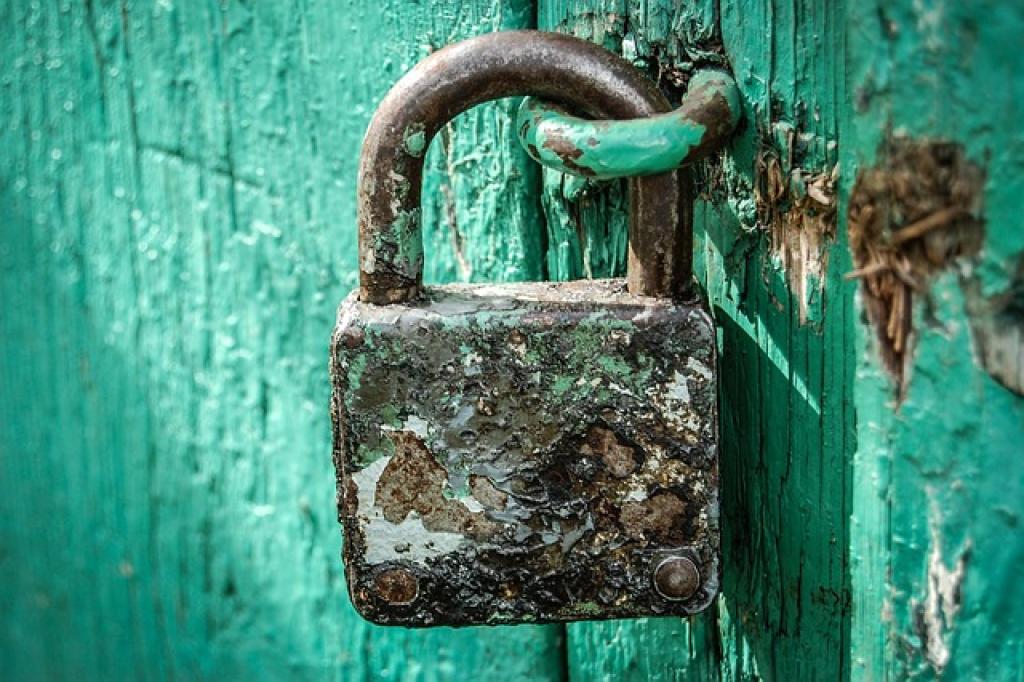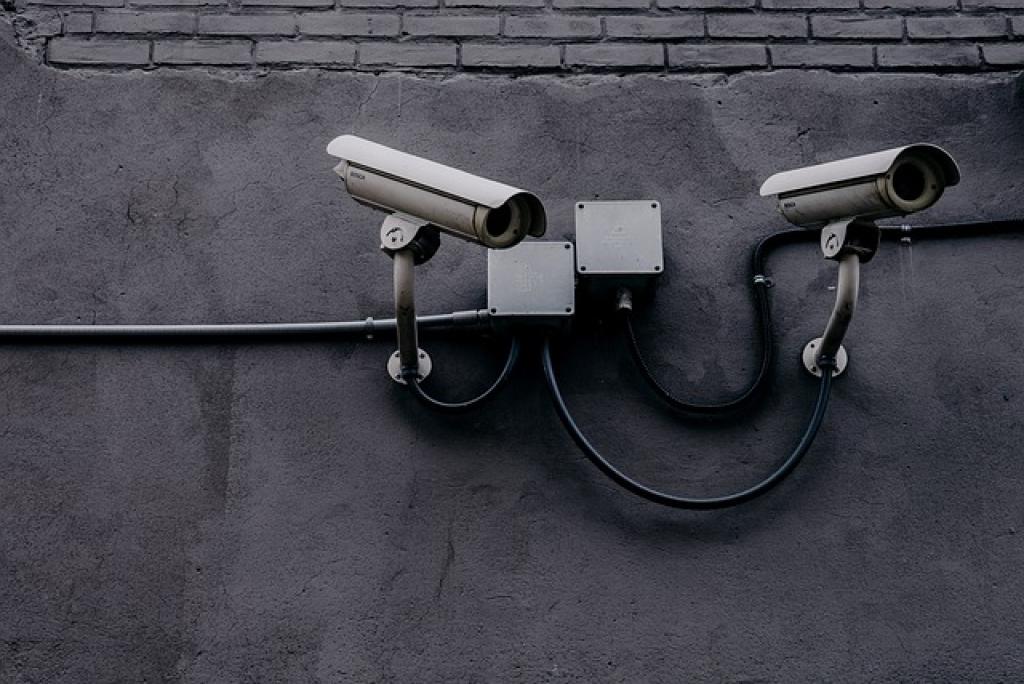
Protect Your Business After Hours: Essential Security Measures
When the lights dim and the doors close, your business shouldn’t sleep. The hours when no one’s around are when vulnerabilities tend to surface. You’ve invested blood, sweat, and tears into building your business, so it makes sense to ensure it’s protected around the clock. How can you create a fortress around your hard work without breaking the bank?
The truth is, reliable security doesn’t have to be complicated or overly expensive. By implementing a few strategic measures, you can significantly deter trespassers and protect your assets. In a world where unpredictability seems to be the only constant, ensuring your business is secure after hours is critical.
Let’s explore some simple yet effective steps that can make a substantial difference. From high-tech solutions to practical common-sense strategies, these essential security measures will help you create a robust defense for your business when all seems quiet.
Assessing Vulnerabilities: Where Are Your Weak Points?
Every business is unique, but common vulnerabilities often lurk in plain sight. Begin by surveying your premises with a fresh perspective. Imagine yourself as an intruder, seeking any opportunity to slip in unnoticed. What catches your eye? Is it an unlocked window, a poorly lit entrance, or maybe that neglected security camera?
Taking a closer look at your infrastructure is crucial. Don’t forget about digital vulnerabilities. Are your network and data as secure as your physical assets? Anything from outdated software to weak passwords can be a gateway for cyber threats.
Identify the Soft Spots
Consider the areas most secluded or less monitored. These often become soft targets when left unchecked. Evaluate your entry points and consider reinforcing them with durable locks or access control systems.
A vulnerability assessment doesn’t stop at the physical or digital. It’s also about processes. Is your staff trained to recognize suspicious activity or potential breaches? Human error is often an overlooked risk factor.
Regularly updating your assessments ensures that as your business evolves, so do your security strategies. Knowing your weak points is the first step in transforming them into robust defenses.
Securing Entry Points: Locks, Alarms, and Access Control
Your entry points are the gateways to your business—keeping them secure is vital. Start by evaluating your locks. Are they sturdy, or is it time for an upgrade? High-security locks can be a straightforward but effective deterrent to unauthorized access.
Alarms add another layer of protection. Modern systems not only alert you to intrusions but can also notify authorities in real time, minimizing response times. Choose an alarm system that fits your business needs and ensure it’s easy for you to use and monitor.
Access control takes security a step further. These systems let you decide who comes in and when. From simple keypad entries to advanced biometric systems, access control can be tailored to suit your specific requirements and provide an audit trail of who has accessed your premises.
Securing these points isn’t just about keeping people out—it’s about peace of mind. Knowing that you have robust measures in place allows you to focus on what truly matters: running your business efficiently and confidently.
Implementing Surveillance: Keeping an Eye on Your Business
Surveillance plays a crucial role in business security and acts as an ever-watchful eye protecting your assets. Investing in a quality camera system can serve as both a deterrent and a vital tool for incident investigation.
When choosing surveillance cameras, it’s important to consider coverage. Strategically placing cameras to cover all entry points, critical areas, and any blind spots can significantly enhance security. Opt for cameras with night vision and consider whether you need additional features like remote access or motion detection alerts.
Recording capabilities matter too. Ensure your system can store footage efficiently, allowing you to access and review it when needed. Cloud storage options provide flexibility and security, safeguarding footage against tampering or loss.
Remember, visibility is key. Clear signage indicating surveillance presence can discourage potential intruders. By knowing they’re being recorded, many might reconsider any malicious intent.
Surveillance doesn’t just keep a watch—it’s also a reassurance, letting you maintain a virtual presence even when you’re miles away. As technology advances, surveillance systems become smarter and more accessible, making them an indispensable part of modern business security strategy.
Emergency Response Plans: Preparing for the Worst
Having a solid emergency response plan can be the difference between chaos and control when disaster strikes. Preparing for the worst ensures that both you and your team can react promptly and effectively to any security breach or unforeseen event.
First, identify potential emergencies that your business may face—think fire, break-ins, or even natural disasters. Tailor your response plans to address each scenario, emphasizing clear roles and efficient communication.
Training and Drills
Regular training sessions ensure that everyone knows what to do during an emergency. Conduct drills to familiarize your team with the procedures, and identify any areas for improvement. Updated contact lists and communication protocols are essential for coordinating a swift response.
Tools like panic buttons or emergency apps can expedite alerting authorities or activating internal protocols without delay. Ensure everyone knows how to access and use these tools.
Post-incident reviews provide valuable insights into the effectiveness of your response plan. Analyze what went well and where adjustments are needed, making your plan stronger over time.
An emergency response plan isn’t just about damage control; it’s about safeguarding your people and assets, providing peace of mind that you’re ready for whatever may come your way.
Conclusion: Building a Robust Security Strategy
Crafting an effective security strategy for your business is not an overnight task, but a continuous process of evaluation and enhancement. By taking a proactive approach, you can transform potential vulnerabilities into strong defenses. It all begins with understanding your weak points and how they can be fortified.
Securing entry points with advanced locks, alarms, and access controls lays a solid foundation for your safety measures. These are straightforward yet highly effective tools in keeping your premises secure. Meanwhile, comprehensive surveillance systems provide continuous oversight, ensuring nothing goes unnoticed.
Equally important is preparing for the unexpected with a well-structured emergency response plan. Training your team and conducting regular drills emphasize preparedness and ensure swift action when every second counts.
Together, these elements form a holistic security strategy that is adaptable and resilient. Remember, the landscape of threats is ever-evolving, and so should your approaches to security. Regular reviews and updates to your systems are key to staying a step ahead.
Ultimately, safeguarding your business is about peace of mind—knowing that your hard work and dedication are protected even when you’re not around. By investing time and resources into building a robust security strategy, you allow your business to thrive in a safe and secure environment.


